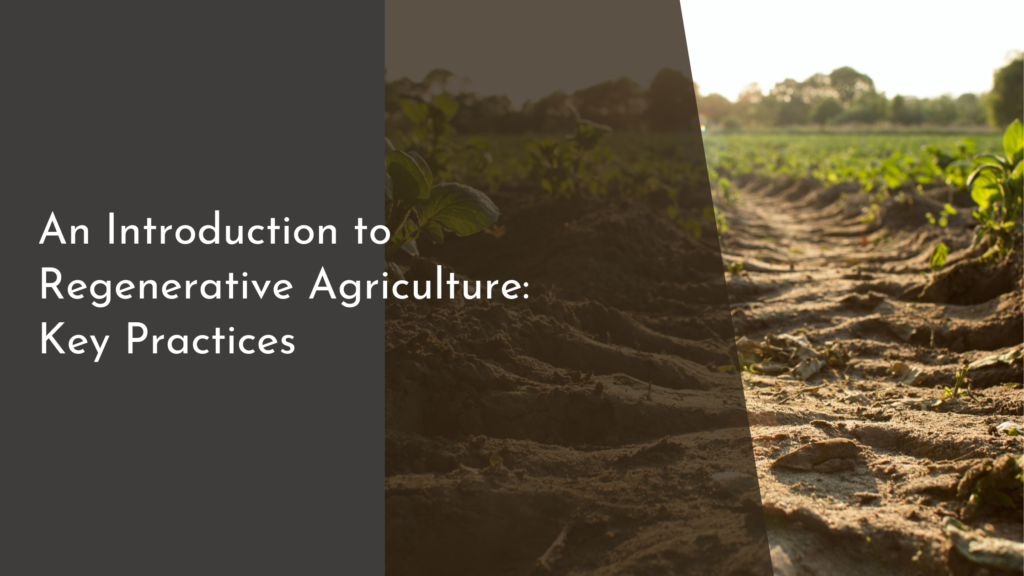Understanding the Different Types of Carbon Offsets
Carbon offsets have emerged as a popular solution for individuals and organizations looking to mitigate their carbon footprint and combat climate change. By supporting projects that reduce or sequester greenhouse gas emissions, carbon offsets offer a practical way to balance out the emissions that are difficult to eliminate directly. As such, understanding the different types of carbon offsets can empower us to make informed decisions about how to best contribute to a sustainable future.
What Are Carbon Offsets and Why Use Them?
Carbon offsets are reductions in emissions of carbon dioxide or other greenhouse gases made to compensate for emissions produced elsewhere. They work by supporting projects that either absorb carbon dioxide from the atmosphere or prevent emissions from occurring in the first place. These projects can range from planting trees to installing wind turbines. By purchasing carbon offsets, individuals and companies can effectively neutralize their carbon emissions, helping to achieve net-zero targets.
The use of carbon offsets is particularly valuable because it provides a flexible and accessible means of addressing carbon emissions. While reducing emissions directly through changes in energy use and technology is crucial, it can be challenging to eliminate all emissions instantly. Carbon offsets fill this gap by allowing individuals and businesses to support systemic environmental change. Furthermore, participation in carbon offset programs can foster greater awareness and commitment to sustainable practices, paving the way for a more environmentally conscious society.
Renewable Energy Projects: Harnessing Nature’s Power
Renewable energy projects are among the most common types of carbon offsets and involve generating clean, sustainable power from natural sources like wind, solar, and hydroelectric energy. These projects displace fossil fuel energy, which is a significant source of carbon emissions, thereby reducing the overall carbon footprint. By investing in renewable energy projects, carbon offsets help to accelerate the transition to a more sustainable energy grid, ultimately making green energy more accessible and affordable.
In addition to reducing carbon emissions, renewable energy projects contribute to energy security and economic development. They create jobs in construction, installation, and maintenance of clean energy infrastructure, while also reducing reliance on imported fossil fuels. Moreover, renewable energy projects often lead to technological innovations and advancements, further enhancing their long-term viability and impact. Supporting renewable energy through carbon offsets is, therefore, a win-win for both the environment and the economy.
Forestry Initiatives: Preserving Our Green Lungs
Forestry initiatives focus on the preservation and expansion of forests, which are vital carbon sinks that absorb large amounts of carbon dioxide from the atmosphere. By restoring deforested areas and preventing illegal logging, these projects play a critical role in maintaining global ecological balance. Carbon offsets for forestry initiatives often involve reforestation, afforestation, and forest conservation projects, all of which aim to bolster the planet’s natural defenses against climate change.
Besides their carbon sequestration benefits, forestry initiatives support biodiversity and protect habitats for countless species. Healthy forests provide a range of ecosystem services, including water regulation, soil preservation, and climate moderation. Moreover, they offer cultural and recreational benefits to local communities and global citizens alike. Supporting forestry initiatives through carbon offsets not only aids in carbon reduction but also enhances the overall health of our planet’s ecosystems.
Community-Based Projects: Empowering Local Change
Community-based projects are carbon offset initiatives that focus on creating tangible benefits for local populations while reducing greenhouse gas emissions. These projects often involve providing cleaner cooking technologies, improving waste management, or enhancing energy efficiency in households. By addressing local needs and involving community members in the implementation, these projects foster a sense of ownership and responsibility towards sustainable development.
The impact of community-based projects extends beyond environmental benefits, as they often contribute to social and economic improvements. By introducing sustainable practices and technologies, these projects can reduce health risks, lower energy costs, and increase economic opportunities for local communities. Furthermore, empowering communities through participation in carbon offset projects fosters resilience and adaptability in the face of climate change, creating a more equitable and sustainable future for all.
Understanding the different types of carbon offsets is vital for making informed decisions about how we can collectively tackle climate change. Whether through renewable energy, forestry initiatives, or community-based projects, each type of offset offers unique benefits that contribute to a sustainable future. By incorporating carbon offsets into our individual and organizational practices, we can support innovative solutions and foster positive environmental, social, and economic outcomes. As we continue to strive towards a more sustainable world, carbon offsets serve as a vital tool in our arsenal, enabling us to make a meaningful difference in the fight against climate change.

